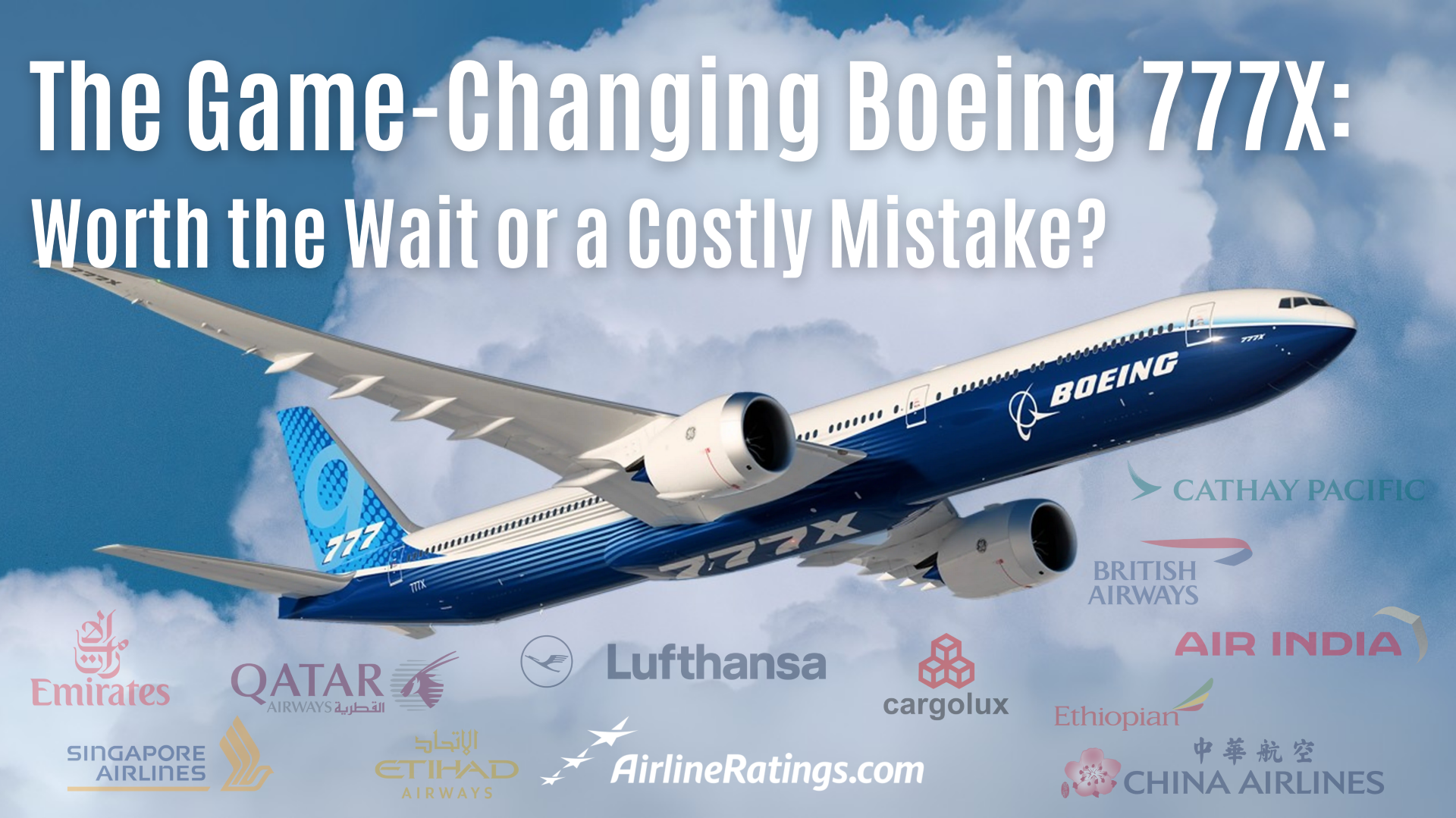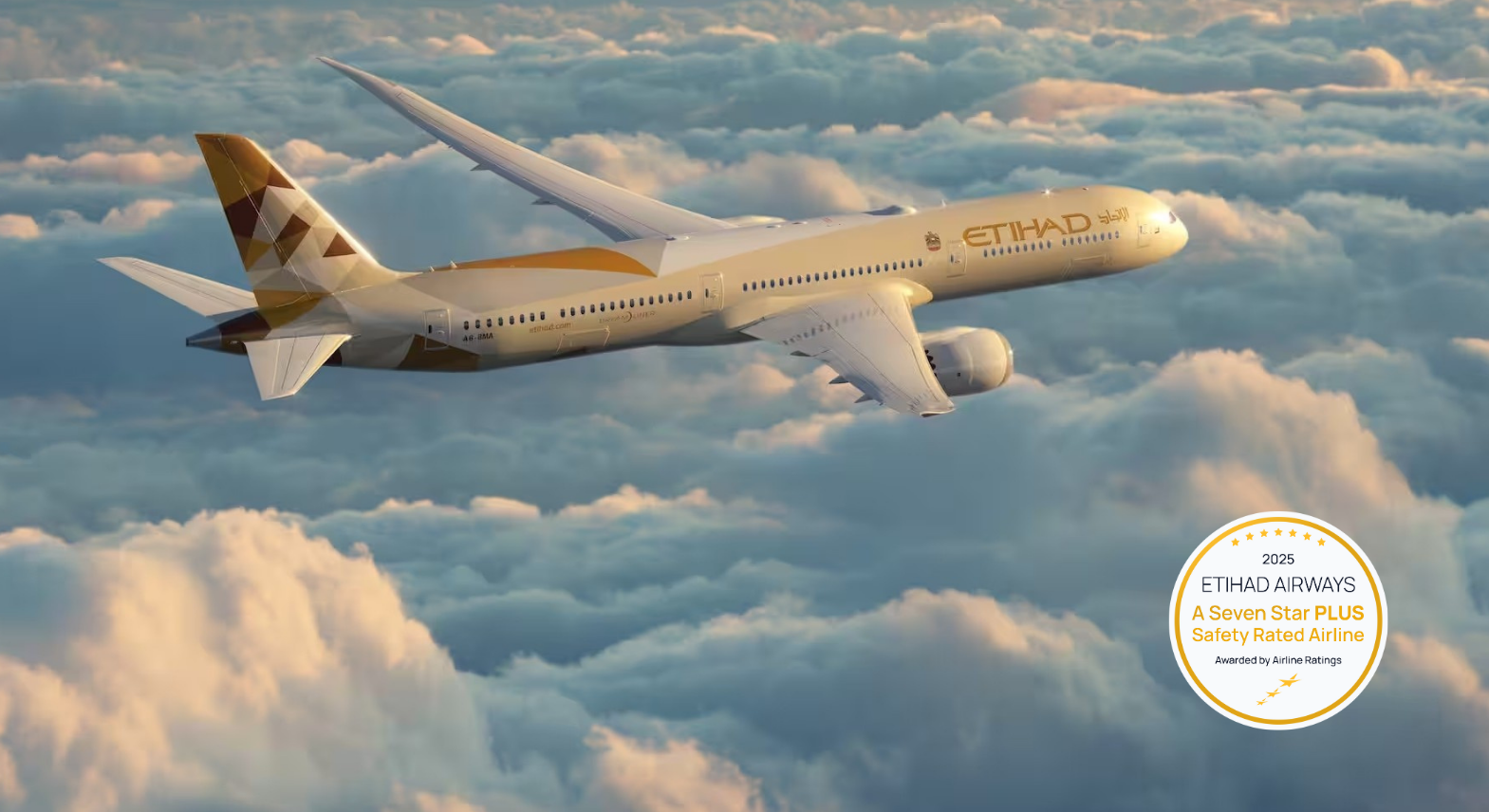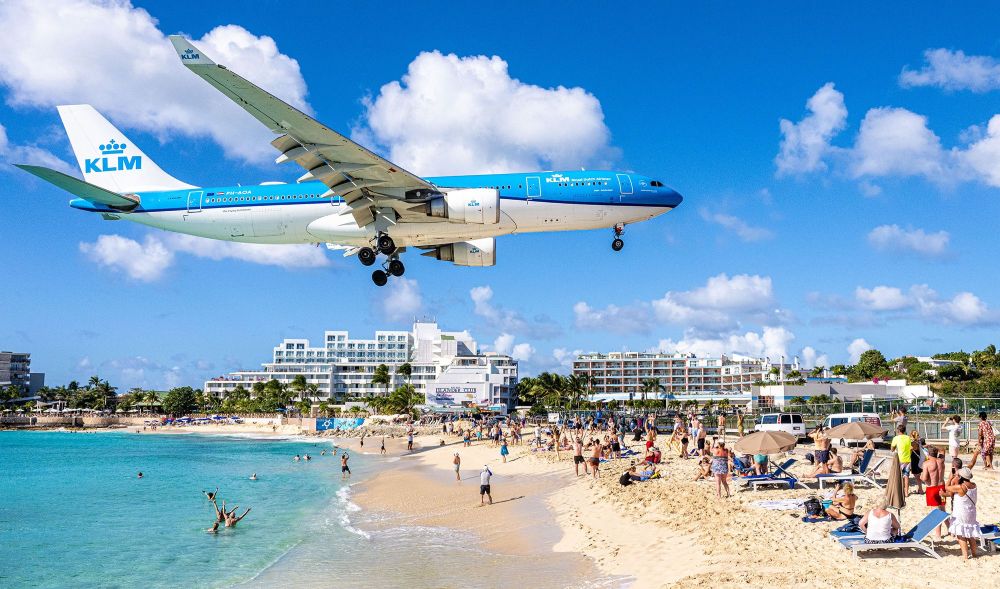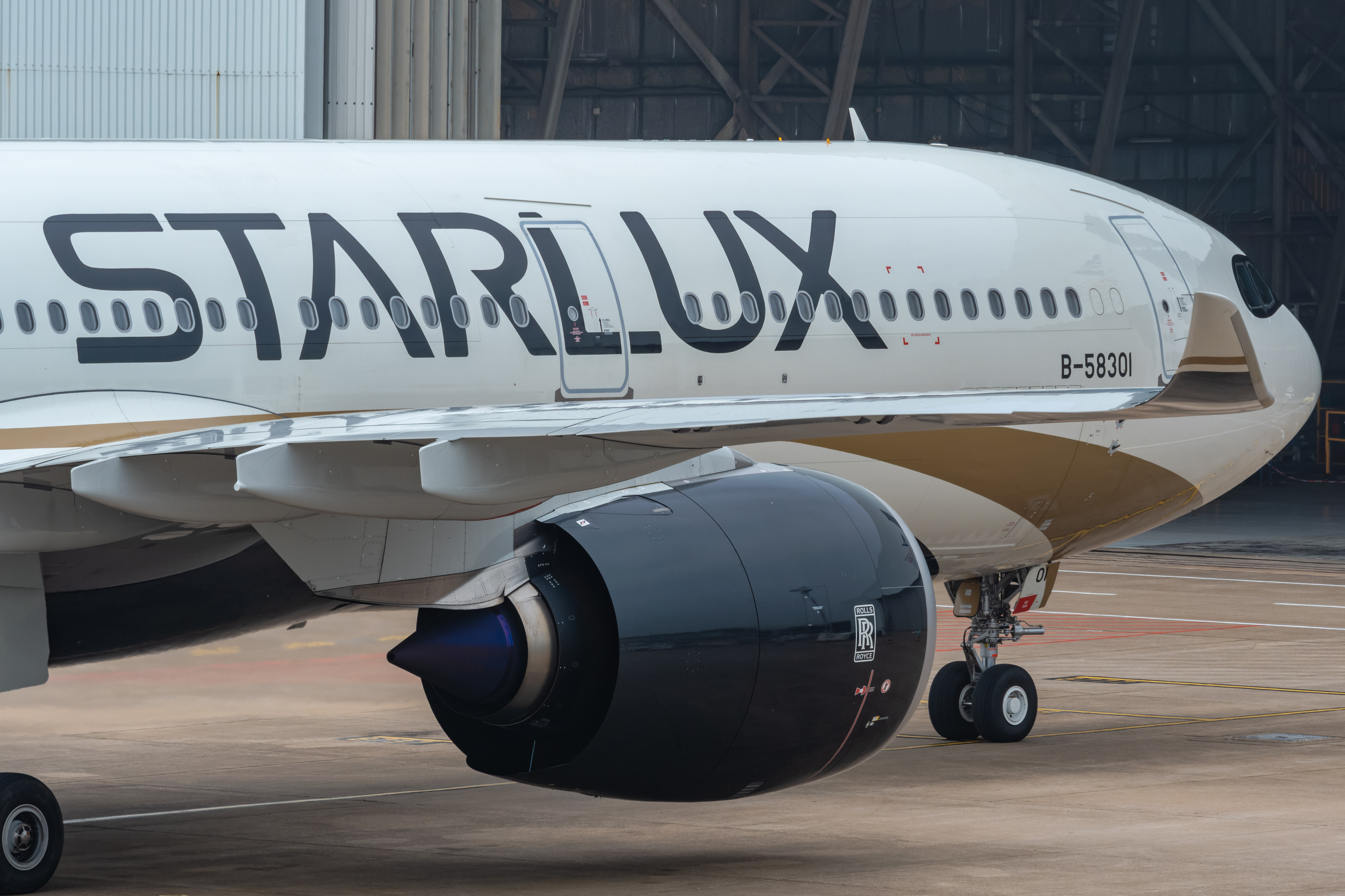
By Dev Lunawat
Published Tue Sep 23 2025
The Boeing 777X was billed as the next big step for long-haul aviation: a much larger, more efficient twin-engine widebody that would replace large four-engine types, cut operators’ fuel burn, and open new nonstop route economics. That promise, plus a huge order book from major global carriers, made it arguably the most anticipated airliner program of the 2010s and early 2020s. But the program that began with a launch in 2013 has seen repeated slips, a safety-critical grounding, and a prolonged certification process that has tested airlines, regulators and Boeing itself. This comes after AirlineRatings had predicted the previous delays back in 2021.
So what makes the 777X so special? Why have there been so many delays, and what is the commercial impact on airlines that placed big bets on the jet?
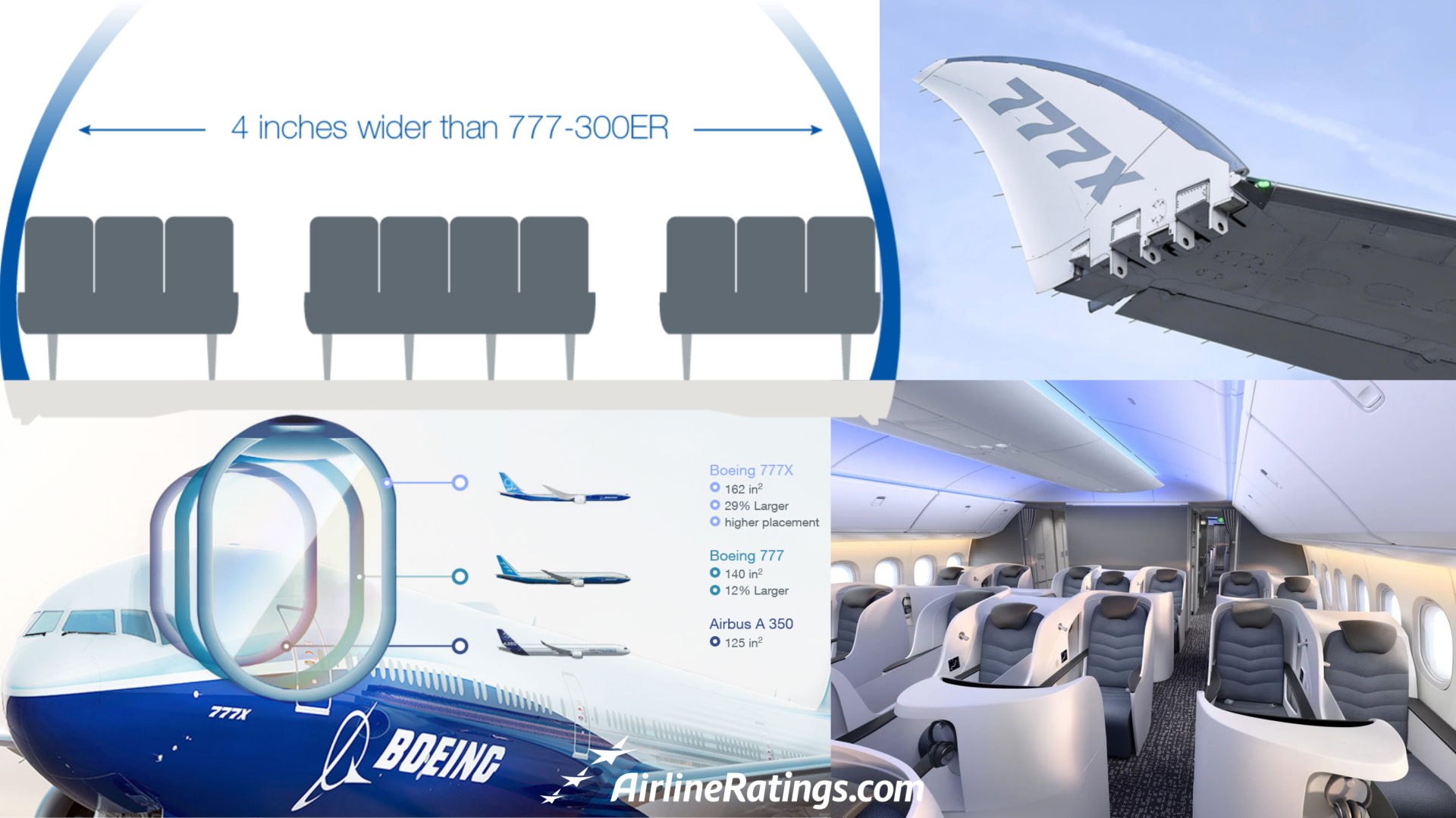
What makes it Special?
Scale + capacity: The 777-9 is built to carry around 400–426 passengers in a typical two-class configuration, making it one of the largest twin-engine widebodies ever produced. In effect, it replaces demand for some four-engine aircraft while offering greater efficiency. Boeing’s specifications list the 777-9’s two-class capacity at about 426 passengers, with a maximum take-off weight between 350,000 and 365,000 kg, depending on the variant.
Fuel efficiency and range: To compete with the Airbus A350-1000 and surpass older 777 models, the 777X incorporates an advanced composite wing with a higher aspect ratio and the new GE9X engines. Together, these deliver major fuel-burn improvements and enable airlines to operate long-haul and ultra-long-haul routes more economically. The GE9X itself is a purpose-built, very large high-bypass turbofan developed specifically for the 777X.
Folding wingtips , more wing in the air, same footprint on the ground: A standout feature of the aircraft is its 3.5-metre folding wingtips—the first of their kind on a commercial jet. This design allows the aircraft to benefit from an 80-metre wingspan in flight for aerodynamic efficiency, while reducing the span on the ground to fit into Code-E airport gates. While novel, the folding-wing concept required special regulatory approval before it could be certified.
Customer demand and scale of orders: Demand for the 777X has been strong from the start. Dozens of major network carriers placed large orders, giving the program a backlog of more than 550 aircraft (figures vary slightly by source and timing). Key customers include Emirates, Qatar Airways, Lufthansa, Singapore Airlines, Cathay Pacific, and others. This level of commitment magnified the industry-wide consequences of any delay.

Why has the program been delayed?
Engine and structural issues during testing: The GE9X, a very large engine developed specifically for the 777X, faced multiple early hurdles. Initial test and certification work uncovered anomalies and component failures that required fixes and retesting. In 2024–2025, the 777X test fleet was grounded after inspections revealed cracks in a critical engine-mount/thrust link—the structural connection between the engine and wing. This forced Boeing to halt portions of flight testing while redesigning or repairing parts and validating fixes, leading to a multi-month pause in trials.
Regulatory scrutiny and novel certification requirements: The 777X’s folding wingtips and other unique features are not addressed under existing regulations. As a result, the FAA and other regulators issued special conditions and applied a much higher level of scrutiny. Following the 737 MAX crisis, certification oversight worldwide became more stringent, further lengthening the process for a complex aircraft like the 777X.
Supply chain and production issues: Pandemic-era supply interruptions, delays in parts and tooling, and subsequent workforce disruptions—including strikes at Boeing plants—slowed production and rework. Boeing has acknowledged significant program cost increases tied to these extended development challenges.
Cascading testing and data requirements: Each time a problem was identified, Boeing and its suppliers were required to produce new test evidence and repeat validation campaigns covering fatigue, structural life, engine integration, and systems software. Each additional round of testing risked exposing secondary issues, further stretching the timetable.
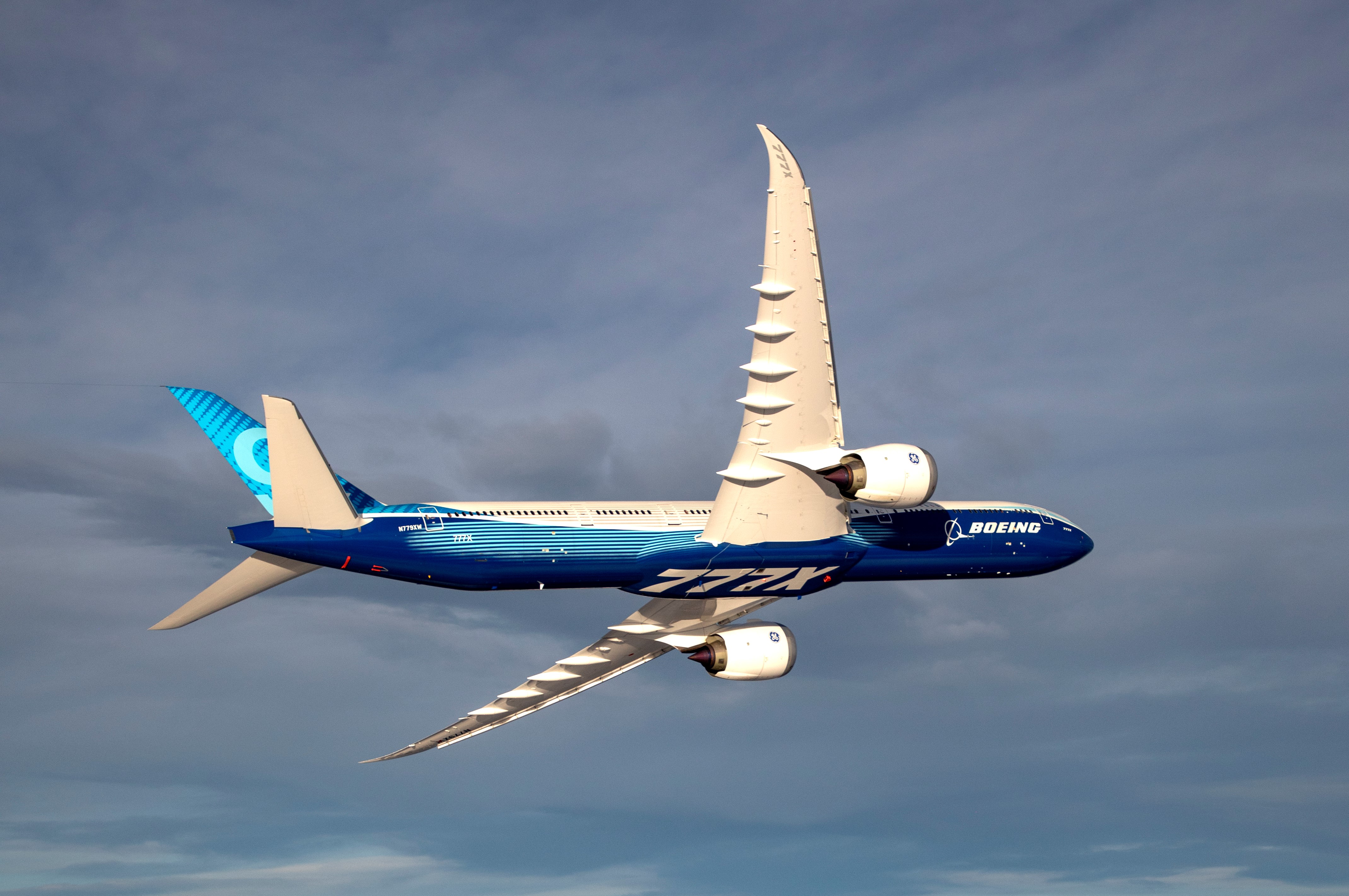
How are delays affecting major airlines?
The delayed arrival of the 777X has left airlines with higher operating costs from older, less efficient aircraft, postponed route expansion or reduced frequencies, and disruption to long-term fleet harmonisation. Several major carriers have publicly pressed Boeing for clarity and contractual remedies.
Emirates (largest single customer)
Emirates has been the most vocal critic, warning it could refuse aircraft if contractual and performance guarantees are not met. The airline has been forced to keep older widebodies in service longer and to reassess its capacity plans. Emirates has more than 100 777X aircraft on order, though the exact figure fluctuates as conversions and options are renegotiated.
Lufthansa
Lufthansa has said the delays are costly, estimating in public comments that late deliveries across manufacturers could amount to several hundred million euros per year as it maintains older aircraft, restructures its network, and adjusts leasing strategies. The airline is now positioned to become the launch customer for the 777-9, though its first delivery has slipped into 2026 or later.
Qatar Airways, Cathay Pacific, Singapore Airlines, and others
These carriers had tied parts of their fleet renewal and network growth plans to the 777X, particularly for ultra-long-haul and high-capacity routes. The delays have forced them to defer new route launches, retain or lease older aircraft, and in some cases, rework cabin and product strategies originally designed around the 777X interior. Qatar’s major 2025 widebody order, for example, included 30 777X aircraft among other types.
Why it still matters and airlines will wait
Despite its setbacks, the 777X still promises a step change in range, capacity, and per-seat economics for long-haul travel. If Boeing and regulators can complete a thorough and transparent certification process—and if the aircraft meets its performance targets—the 777X has the potential to reshape ultra-long-haul operations and replace many of the four-engine types still in service.
At the same time, the program’s difficulties highlight the risks that come with introducing novel technologies such as folding wingtips and ultra-large new engines, alongside stricter regulatory oversight and the realities of a complex global supply chain. The stakes remain high—not only for Boeing, in terms of cost and reputation, but also for the airlines that structured fleet renewal strategies around the 777X.
Have questions or want to share your thoughts?
Get In Touch